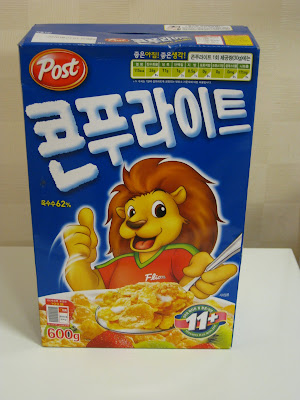


 There were 3 different grades in the high school I taught at, and I had 1st and 2nd graders. The latter were much more fun to teach, especially given that the students at this particular high school just started learning English in middle school. Most Koreans start learning English in elementary school, but our school was quite poor (as were its students), which made it challenging at times. Overall, though, the students were very friendly. They often came to the office (above) and visited my cubicle. You can't see it, but the two vice principles sit at the front of the cubicles in two facing desks. The male vice principal was calling students and teachers to his desk about 75% of the time to yell at them; and about 15% of his time screaming into the phone in front of my desk. Fortunately he did not speak English (only the English teachers did); it was one time I was thankful for the communication barrier.
There were 3 different grades in the high school I taught at, and I had 1st and 2nd graders. The latter were much more fun to teach, especially given that the students at this particular high school just started learning English in middle school. Most Koreans start learning English in elementary school, but our school was quite poor (as were its students), which made it challenging at times. Overall, though, the students were very friendly. They often came to the office (above) and visited my cubicle. You can't see it, but the two vice principles sit at the front of the cubicles in two facing desks. The male vice principal was calling students and teachers to his desk about 75% of the time to yell at them; and about 15% of his time screaming into the phone in front of my desk. Fortunately he did not speak English (only the English teachers did); it was one time I was thankful for the communication barrier.As you can see, the students were dressed in jackets and scarves as the classrooms got pretty cold. The girls in the top photo came to my desk every day and left little notes when I was gone. They were obsessed with Twilight, along with the entire school.

























